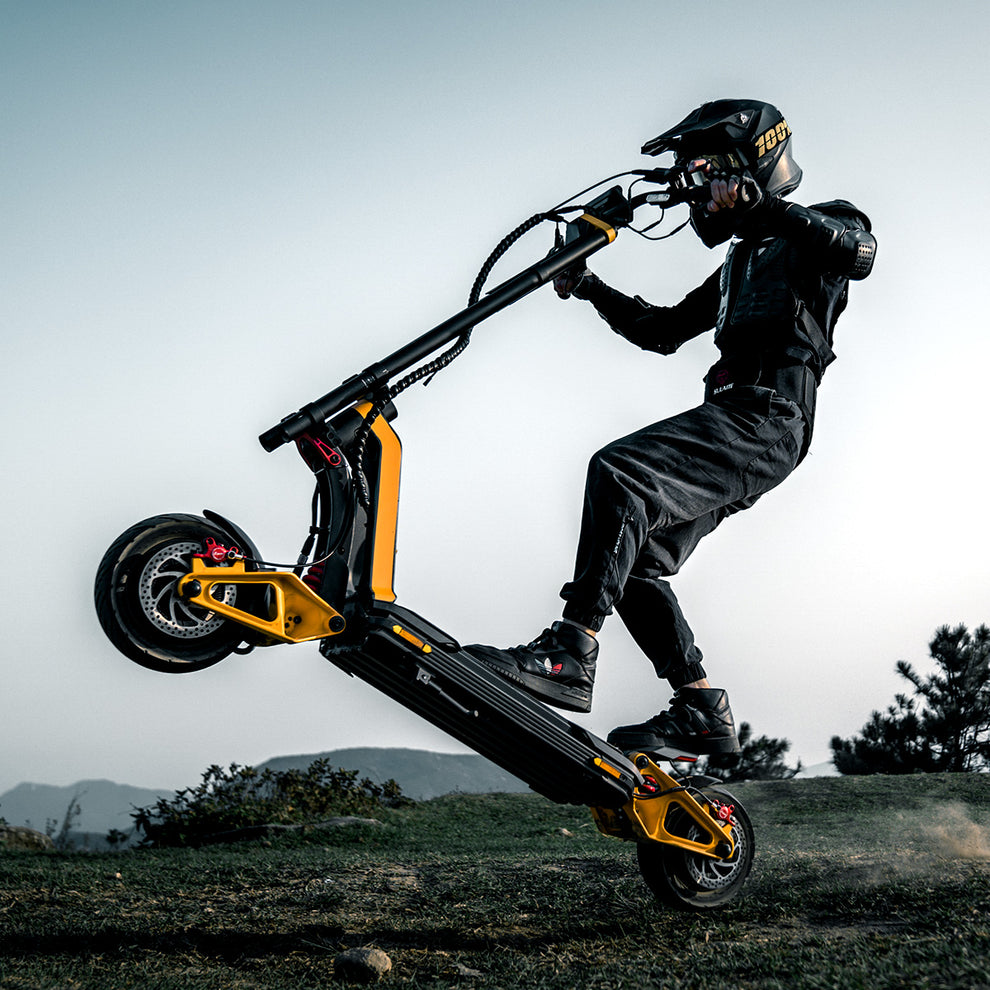As cities around the world grapple with traffic congestion and environmental concerns, the e-scooter has emerged as a viable solution for urban mobility. This innovative mode of transportation is not only convenient but also eco-friendly, making it an attractive option for commuters. In this article, we will delve into the various aspects of e-scooters and their impact on city transportation.

Understanding E-Scooters
An e-scooter is a compact, electric-powered scooter that offers a quick and efficient way to navigate urban environments. These scooters are typically lightweight, portable, and can be easily rented through various mobile applications. But what makes them so appealing to city dwellers? The answer lies in their numerous benefits.
- Convenience: E-scooters can be picked up and dropped off at various locations, allowing users to travel short distances without the hassle of parking.
- Cost-Effective: Compared to traditional transportation methods, e-scooters are often more affordable, especially for short trips.
- Environmentally Friendly: With zero emissions, e-scooters contribute to reducing the carbon footprint of urban transportation.
The Role of E-Scooters in Urban Transportation
As cities continue to expand, the need for efficient transportation solutions becomes increasingly critical. E-scooters play a significant role in this landscape by providing an alternative to cars and public transit. They can help alleviate traffic congestion and reduce the demand for parking spaces. Moreover, e-scooters are particularly beneficial for the first and last mile of a commute, bridging the gap between public transit stations and final destinations.
Challenges and Considerations
While e-scooters offer numerous advantages, they also come with challenges. Safety concerns, for instance, are paramount. Riders must be educated on safe riding practices, and cities need to implement regulations to ensure the responsible use of e-scooters. Additionally, the issue of scooter clutter on sidewalks can hinder pedestrian movement, necessitating designated parking areas.
Future Trends in E-Scooter Usage
Looking ahead, the future of e-scooters appears promising. As technology advances, we can expect improvements in battery life, speed, and safety features. Furthermore, the integration of e-scooters into existing public transportation systems will likely enhance their utility. Cities may also explore partnerships with e-scooter companies to create more sustainable urban mobility solutions.
For those interested in exploring e-scooter options, you can find a variety of models available at  . Investing in an e-scooter can be a step towards embracing a more sustainable and efficient mode of transportation.
. Investing in an e-scooter can be a step towards embracing a more sustainable and efficient mode of transportation.
Conclusion
In conclusion, e-scooters are transforming urban mobility by offering a convenient, cost-effective, and environmentally friendly alternative to traditional transportation methods. As cities adapt to the growing popularity of e-scooters, it is essential to address the challenges they present while maximizing their potential benefits. The future of city transportation is undoubtedly evolving, and e-scooters are at the forefront of this transformation.







